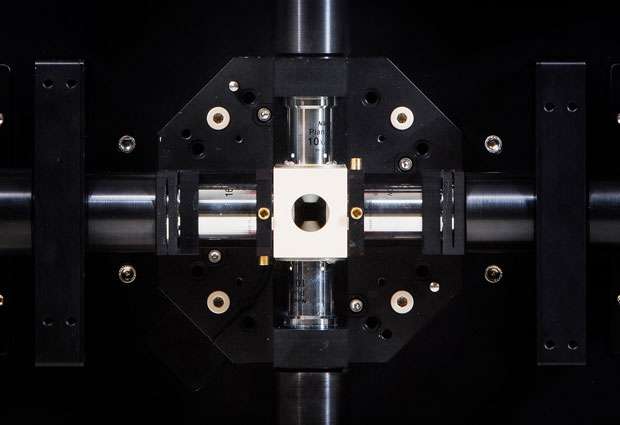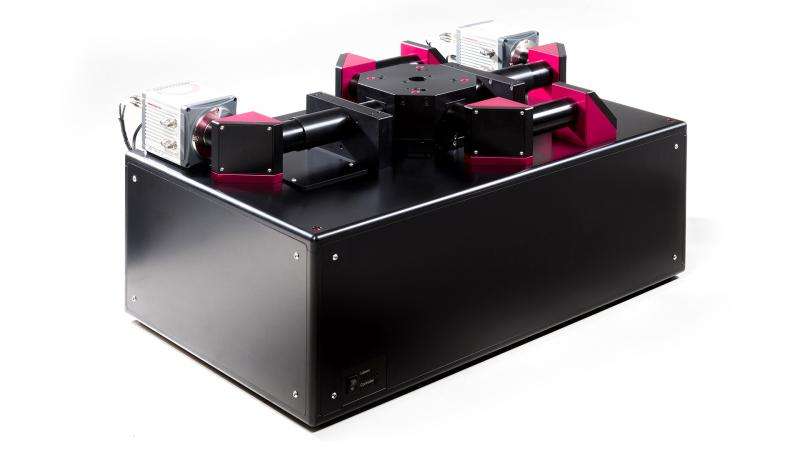Lighting the way

A microscopy technique is poised to shine new light on biological questions: as sheets of light can scan everything from developing embryos to single cells or functioning brains, a technique called light-sheet microscopy is gaining traction. It enables scientists to observe living cells in three dimensions, for extended periods of time. Now Luxendo, a start-up company launched by the European Molecular Biology Laboratory (EMBL) and its technology transfer arm EMBLEM Technology Transfer (EMBLEM) in Heidelberg, Germany, and funded by the EMBL Technology Fund II (ETF II), in Heidelberg and Life Science Partners (LSP), in Amsterdam, The Netherlands, will bring these cutting-edge microscopes to users across the globe.
"Light-sheet microscopy has already allowed us to see things we couldn't dream of before, such as imaging the entire embryonic development of the fruit fly with subcellular resolution," says Lars Hufnagel, who develops the technology at EMBL and uses it in his research on tissue development. "In a company setting the technology can be pushed even further, and made available to many more people than we could have catered to as research groups" says Jan Ellenberg, who teamed up with Lars to develop light sheet technology for studying early mammalian development.
Luxendo will initially be hosted on the EMBL campus, and will focus exclusively on developing and commercializing light-sheet microscopy for biomedical research.
"Being incubated at EMBL is a win-win situation," says Luxendo CEO Christoph Antz. "It means scientists have access to these new technologies as we develop them, and at the same time we can test and improve the microscopes with our intended users right from the onset."
Although based in Europe, Luxendo aims to serve the research community worldwide.
"EMBL's strong patent portfolio in the field of light-sheet microscopy has been built up over many years and puts Luxendo on a solid footing for competitive development in this field" says Gábor Lamm, Managing Director for EMBLEM.
The company's MuVi-SPIM microscopes – initially developed by Hufnagel at EMBL – are already available on the market, with other devices to follow soon.

Provided by European Molecular Biology Laboratory



















